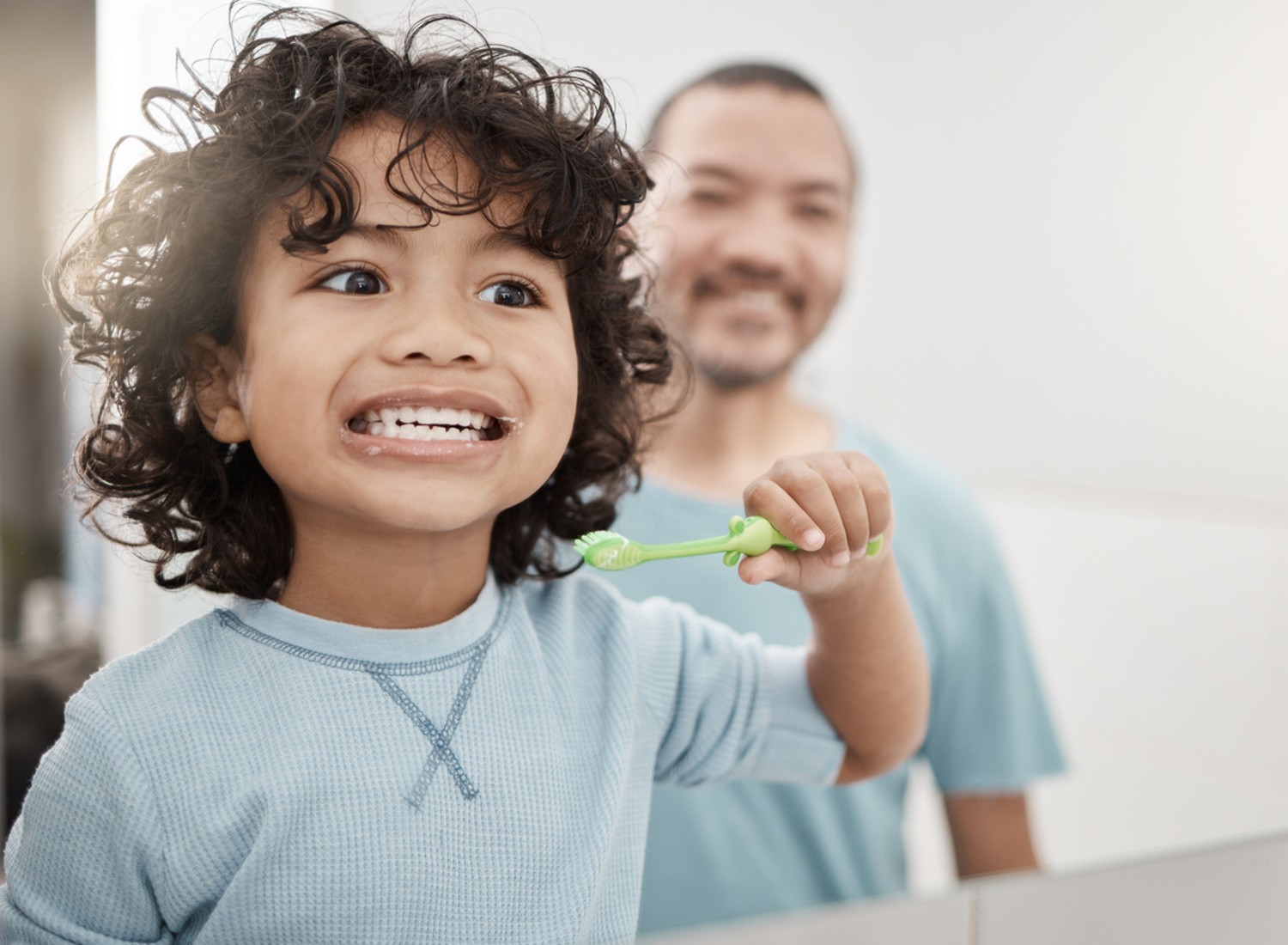Toddler Dental Health: When Do Kids Get Molars?

As parents, we eagerly await each milestone in our child’s development, from the first smile to the first steps. Another significant aspect of a toddler’s growth is the emergence of their teeth. The initial eruption of baby teeth is well-documented, but what about molars? When do kids get molars, and how can we ensure optimal toddler dental health during this phase?
The eruption of molars typically marks a crucial stage in a child’s dental development. Unlike the front teeth, molars are situated at the back of the mouth and play a vital role in chewing and grinding food. Understanding when these molars appear can help parents confidently navigate this phase.
Timing of Molar Eruption
The timeline for molar eruption can vary from child to child, but as a general guide, toddlers usually get their first set of molars between the ages of 13 and 19 months. These are commonly known as the first molars. Following this, the second set of molars usually emerges between 23 to 33 months of age.
By the time a child is around three years old, they typically have a full set of primary molars—a total of eight molars, four on the top and four on the bottom. It’s important to note that these age ranges are generalizations, and some children may experience earlier or later molar eruptions. Genetics, overall health, and individual variations in growth can influence the timing.
Recognizing Molar Teething Symptoms
Teething can be a challenging time for both toddlers and parents. The discomfort associated with emerging molars can lead to a range of symptoms. Identifying these signs can help parents provide the necessary support. Common molar teething symptoms include:
- Irritability: Toddlers may become more irritable or fussy during the teething process due to the discomfort and sensitivity in their gums.
- Drooling: Increased drooling is a common indicator of teething. Excessive saliva production is a natural response to the new teeth pushing through the gums.
- Chewing or biting: Babies often seek relief by gnawing on objects or placing their fingers in their mouths. Providing teething toys or chilled objects can offer comfort.
- Sleep disturbances: Discomfort from teething can sometimes disrupt a toddler’s sleep patterns. Establishing a soothing bedtime routine and offering comfort can help alleviate sleep issues.
- Swollen gums: Molar eruption can lead to swollen and tender gums. Massaging the gums with clean fingers or a soft cloth can provide relief.
Caring for Toddler Dental Health
Maintaining good oral hygiene is essential during the molar eruption phase and beyond. Here are some tips to ensure your toddler’s dental health remains a priority:
- Regular dental check-ups: Schedule regular check-ups with a pediatric dentist to monitor your child’s dental development and address any concerns.
- Oral care routine: Begin cleaning your toddler’s teeth as soon as they emerge. Use a soft-bristled kid’s toothbrush and a small amount of fluoride kid’s toothpaste.
- Healthy diet: Provide a balanced diet rich in vitamins and minerals essential for dental health. Limit sugary snacks and beverages to reduce the risk of cavities.
- Teething relief: Use teething toys or chilled objects to alleviate discomfort. If necessary, consult with your pediatrician about appropriate pain relief options.
- Lead by example: Demonstrate good oral hygiene habits for your child by brushing and flossing together. This sets a positive example and establishes healthy routines.
Conclusion
Understanding when kids get molars is a valuable aspect of toddler dental health. While the timing can vary, being aware of potential teething symptoms and maintaining a proactive approach to oral care can contribute to your child’s positive and healthy dental experience. As parents, our role in guiding our toddlers through this developmental stage is crucial, ensuring they grow up with strong and healthy smiles.